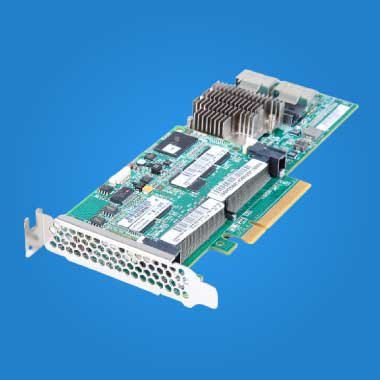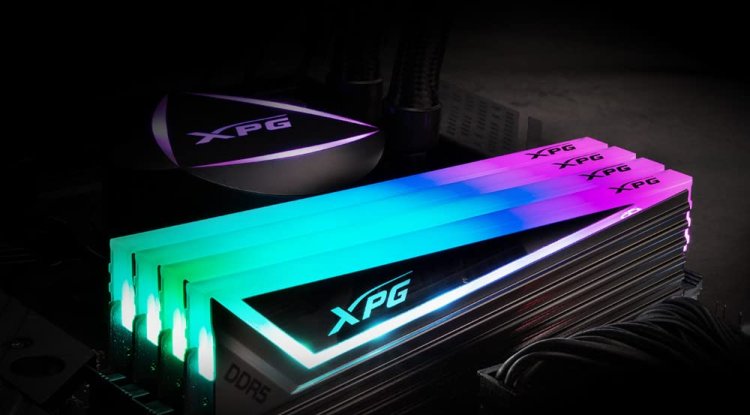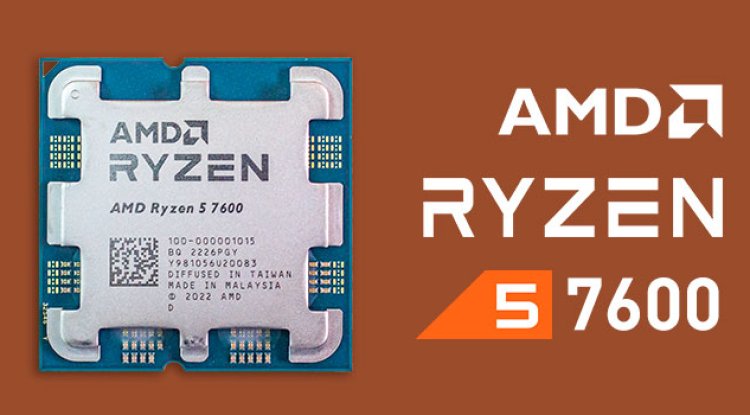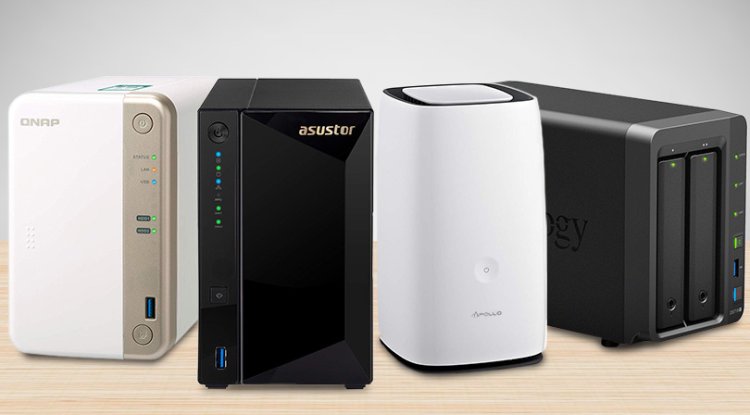Understanding RAID Controllers: Enhancing Data Storage and Protection
In the realm of data storage and protection, RAID (Redundant Array of Independent Disks) technology plays a crucial role. At the heart of any RAID setup is a RAID controller, a specialized hardware or software component that manages the configuration, data distribution, and redundancy of multiple disks. In this article, we will delve into the concept of RAID controllers, explore their functions, and discuss their significance in modern storage systems.

What is a RAID Controller?
A RAID controller is a device or software that facilitates the implementation and management of RAID configurations. Its primary purpose is to control the data flow between multiple physical disks, ensuring optimal performance, data protection, and fault tolerance. The RAID controller sits between the host system (e.g., a server or workstation) and the physical disk drives, acting as an intermediary for data operations.
Functions of a RAID Controller
RAID Configuration and Management
One of the key functions of a RAID controller is to configure and manage the RAID array. It enables users to choose the desired RAID level (e.g., RAID 0, RAID 1, RAID 5, etc.) and determine the disk striping, mirroring, or parity schemes. The controller handles the distribution of data across the array, ensuring redundancy, performance optimization, and fault tolerance based on the selected RAID level.
Data Striping and Parity Calculation
In RAID configurations that involve data striping and parity (e.g., RAID 5 or RAID 6), the RAID controller is responsible for calculating and generating parity information. Parity allows for data recovery in the event of disk failure. The controller calculates and writes parity information across the array, providing fault tolerance and allowing for the reconstruction of lost data.
Performance Optimization
A RAID controller plays a vital role in optimizing the performance of the RAID array. It manages data transfer between the host system and the disks, employing techniques such as read and write caching, data buffering, and load balancing. These optimizations enhance the overall performance, allowing for faster data access, improved I/O operations, and reduced latency.
Monitoring and Alerting
RAID controllers often include monitoring capabilities to keep track of the health and status of the RAID array. They monitor parameters such as disk health, temperature, and S.M.A.R.T. (Self-Monitoring, Analysis, and Reporting Technology) data. In case of disk failures or other critical events, the controller can generate alerts, notifying system administrators or users to take appropriate actions promptly.
Hot-Swapping and Hot-Spare Support
Many RAID controllers support hot-swapping, which allows for the replacement of a failed disk while the system is still operational. The controller facilitates the seamless removal and insertion of drives without interrupting the ongoing operations. Additionally, RAID controllers often support hot-spare functionality, where a spare disk is ready to automatically replace a failed disk, ensuring continuous data availability.
Hardware vs. Software RAID Controllers
RAID controllers can be implemented in two primary forms: hardware-based and software-based.
Hardware RAID Controllers
Hardware RAID controllers are dedicated expansion cards or integrated components that provide RAID functionality. They have their own processors, cache memory, and firmware, which offload the RAID management tasks from the host system's CPU. Hardware RAID controllers typically offer superior performance, advanced features, and better reliability due to their dedicated hardware components.
Software RAID Controllers
Software RAID controllers, on the other hand, utilize the host system's CPU and operating system to handle RAID operations. They rely on software drivers and utilities to configure and manage the RAID array. Software RAID controllers are often more cost-effective as they leverage existing system resources. However, their performance may be lower compared to dedicated hardware controllers, particularly under heavy workloads.
Also Check Dali Oberon 5 5.1 Speaker
Conclusion
RAID controllers are essential components in modern data storage systems. They provide the necessary functionality to configure, manage, and optimize RAID arrays, ensuring data redundancy, performance, and fault tolerance. Whether in hardware or software form, RAID controllers play a vital role in enhancing data storage, protecting against disk failures, and improving overall system reliability. When implementing RAID technology, it is crucial to select a suitable RAID controller that aligns with your specific needs, performance requirements, and budget constraints. With a well-chosen RAID controller, you can establish a robust storage infrastructure that delivers data protection, performance, and peace of mind.





































